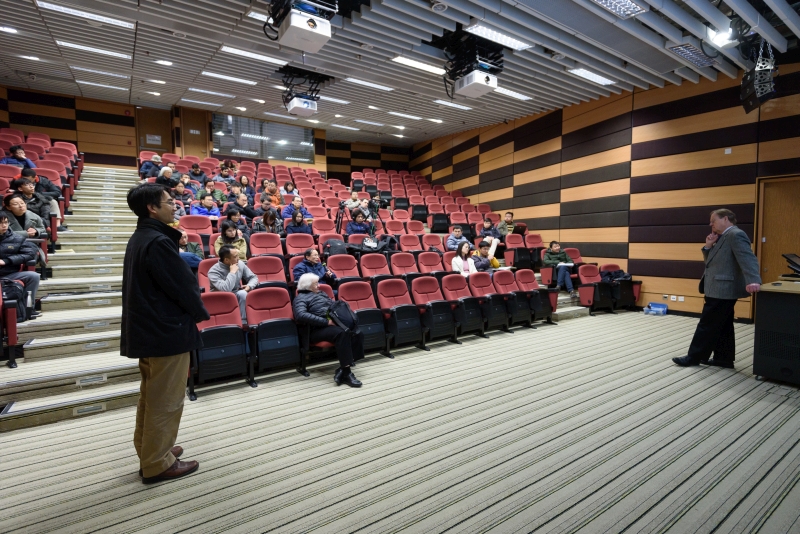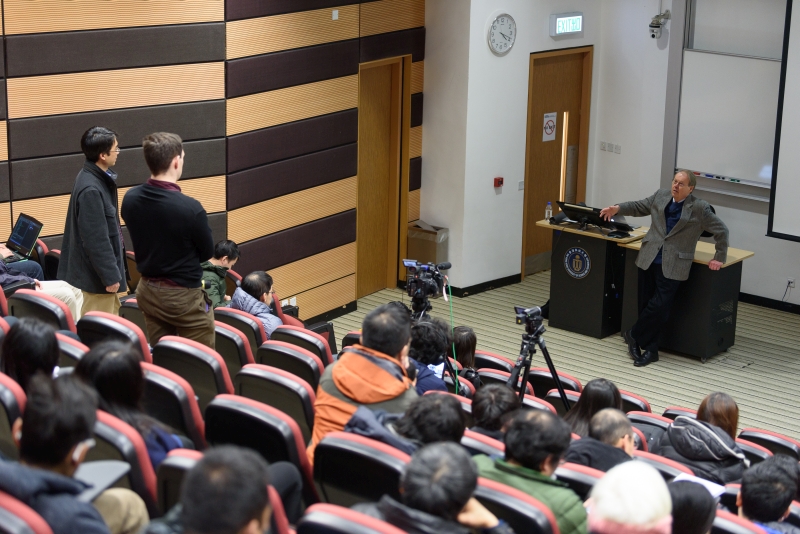The Multiscale Coarse-Graining Method for Computer Simulation of Complex Molecular Fluids
Abstract
Computer simulations, such as molecular dynamics and Monte Carlo calculations, provide a method to apply our knowledge of intermolecular interactions on an atomic level and learn about the structure and dynamics of simple liquids, complex fluids and biomolecular systems. For the study of very large systems, such as a lipid bilayer or a collection of actin molecules, such simulations, which take into account every individual atom in the system, are not feasible for time scales of interest with modern computer systems. Coarse-graining is a strategy to make simulations of such systems possible by focusing on the degrees of freedom in the system that change slowly with time and devoting all the computational power to study the dynamics of those degrees of freedom. The multiscale coarse-graining method, developed by Gregory Voth and co-workers at the University of Chicago, is one of the important coarse-graining methods in current use. In this lecture, the speaker will discuss the nature of this method, which he helped develop, and some applications of that method that Voth proposed to study fluids of chemical interest and biomolecular systems of biological interest.
About the speaker
Prof. Hans C Andersen received his PhD in Physical Chemistry from Massachusetts Institute of Technology in 1966. He then joined Stanford University in 1968 and was named the David Mulvane Ehrsam and Edward Curtis Franklin Professor in Chemistry in 1994.
Prof. Andersen’s research focuses on physical chemistry, statistical mechanics, development and the use of molecular dynamics computer simulation methods, the theory of supercooled liquids and glasses and the kinetic theory of liquids.
Prof. Andersen received numerous awards, including the Theoretical Chemistry Award (2006) and the Joel Henry Hildebrand Award in Theoretical and Experimental Chemistry of Liquids (1988) from the American Chemical Society, as well as the Dean's Award for Distinguished Teaching (1992) and Walter J Gores Award for Excellence in Teaching (1973) at Stanford. He was elected a member of the US National Academy of Sciences (1992) and a fellow of the American Academy of Arts and Sciences (1992) and of the American Association for the Advancement of Science (1991).











